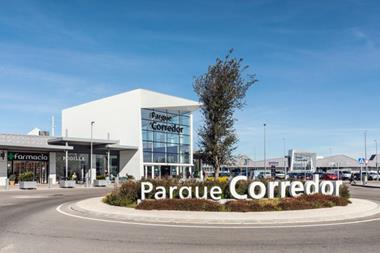RICS has launched a new online tool to help construction trade professionals calculate the environmental impact of their work.
RICS has launched a new online tool to help construction trade professionals calculate the environmental impact of their work.
The Climate Risk Toolkit (CRT) has been released at the same time as a report on the impact of climate change in commercial real estate in eight European countries.
Researchers studied the effect and energy demand of climate change, the prospective operational costs and the carbon emissions for six types of building: offices, retail outlets, schools, hospitals, warehouses and leisure facilities.
They then examined policy background information and looked at the success of regulations to present likely scenarios of the foreseeable risk for each building type per country.
The built environment consumes up to 40% of global energy and is responsible for up to 30% of greenhouse gas emissions.
RICS says the EU’s target of reducing carbon emissions by 80% by 2050 can only be achieved if electricity generation is totally decarbonised and almost all the existing building stock is rehabilitated.
Its online calculator is able to assess individual buildings to see if they are climate resilient and predict the likely carbon emissions levels, energy demand and utility bill costs.
Ursula Hartenberger, RICS global head of sustainability, said: ‘This report and the toolkit provide much-needed insight into how property and construction professionals can future-proof new and existing buildings against climate change. The interactive toolkit is especially useful because it provides a simple means of forecasting the likely outcomes up to 2050.’










